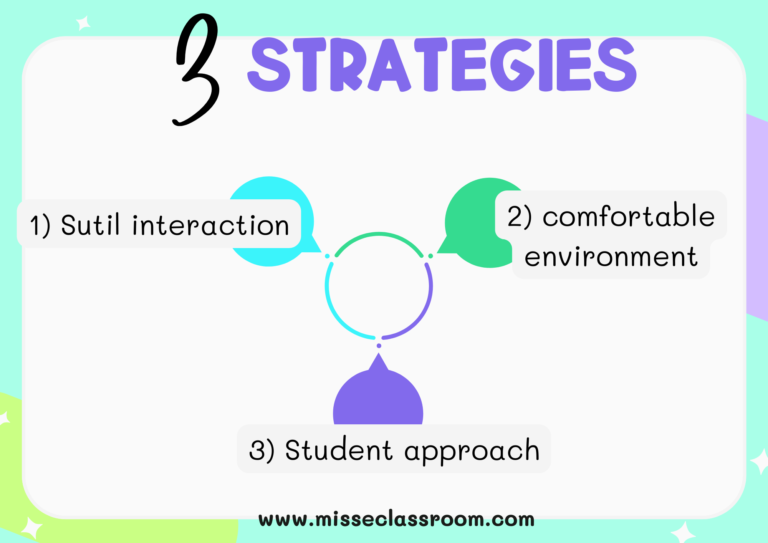When a sense of community is cultivated in the ESL/EFL classroom, students will naturally gain the most from their learning. This is especially true when it comes to language learning. After all, one of the main reasons for taking on another language includes integrating with different communities around the world. In the classroom, the more valued a student feels, the more motivated they are to succeed. As the teacher, you’re there to create a supportive, culturally sensitive environment that embraces diversity. So, how can you do this when teaching another language?
Let’s explore some strategies that will foster a strong sense of community in your classroom.

1.-A personalised introduction
As humans, it’s natural for us to feel a sense of joy when discussing our passions, interests, and personal qualities. From a neuroscientific standpoint, self-disclosure creates a sensation of reward, motivation, and pleasure. Who doesn’t want their students to experience such emotions? A great way to do this, straight off the bat, is through a personalised introduction. This could be in the form of a presentation, letter, or even video.
First, introduce yourself. You could deliver it in the language you’re teaching, using basic vocabulary and visual cues to ensure that your students understand. Then, if they’re old enough, ask them to have a go. While they may not be at the right level to introduce themself in the target language, give them at least two or three simple words to include. Assist your learners throughout the process. If you’re allowing an opportunity for students to learn about each other, as well as yourself, the foundation of a community is already being established.
2.-Create a collaborative environment
It’s no secret that collaboration is a key factor to any successful classroom. When working with others, students develop their learning through a sense of shared consciousness and borrowed consciousness. The former includes working together in groups, while the latter includes students borrowing from the expertise of others. Interaction with others is crucial when learning a language.
Not only does this foster a healthy sense of community, but it creates opportunities for conversations. Conversations are pivotal when gaining a firm grasp of any language. Creating an environment that invites open discourse through collaborative paired or group work, with appropriate scaffolding and guidance, is a winning recipe.
3.-Take the learner-centred approach
As mentioned before, when students feel valued in the classroom, a strong sense of community is reinforced. What better way to make them feel valued than allowing ownership over their learning journeys? When you approach teaching from the learner’s perspective, students are more engaged. They are also given the opportunity to hone their ‘soft’ skills, such as problem-solving, critical thinking, and teamwork. Learner-centred education allows students to collaborate and become team players – vital qualities when instilling a meaningful sense of community.
How can you take the learner-centred approach? Let students explore. Create tasks around your target language that gives them a hands-on, interactive problem-solving activity or collaborative project. Pose questions focusing on possible misconceptions, forcing them to think it through, or work together to come to a resolution. Allow students to be masters of their own progress.
You’re their guide. Remember, you’re there as the captain of the ship, guiding your students toward their learning destinations. However, if an open, collaborative, and supportive classroom community isn’t established, you may encounter a few jagged rocks that threaten to pierce the hull. Get to know your students fully, understand how they operate, and encourage them to help each other along the way. Your classroom will reap the rewards.


